12 ground-breaking laptops that dared to be different
Innovation is more than just being thinner
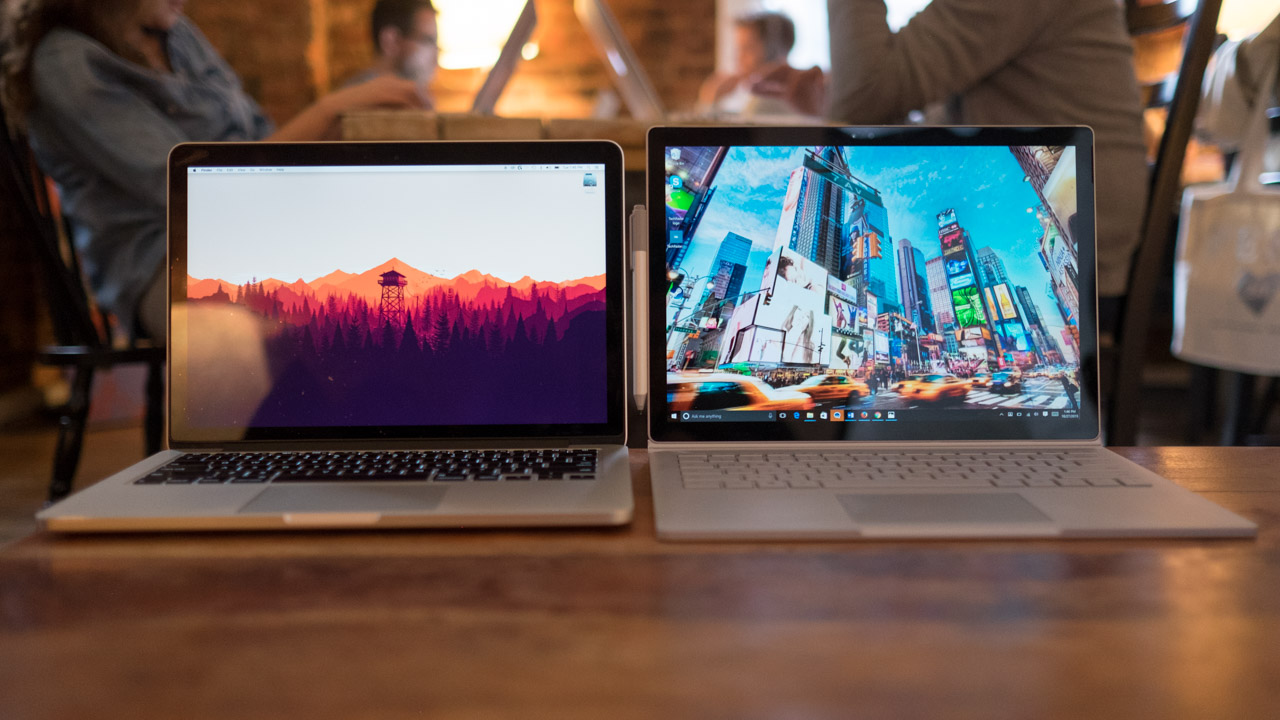
Introduction

Mention 'laptops' and people usually conjure the stereotypical image of a slab of glass with a plastic frame attached to a keyboard. But things haven't always been that boring – far from it.
The past 20 years have seen a number of laptops that tried to defy the norm with varying degrees of success, and we've compiled a list of a dozen of the most innovative. Sadly, all bar one of these have disappeared – but on the plus side their legacy is still with us.
IBM leads the way, with three models nominated, while Dell and Toshiba get two each. All these machines demonstrate that the Windows PC market has been – and still is – one of the most interesting and exciting when it comes to trying new things – even if it means losing millions of dollars.
1. Toshiba Satellite U845W

Laptops are often called unique these days when they're not, but the U845W really is a one-of-a-kind. It was and still remains the only laptop that had a 21:9 display, the same aspect ratio as cinema screens. It got very decent reviews when it launched almost four years ago, but sales apparently failed to follow. Toshiba quietly canned it, and nobody since has had the courage (or folly) to release a similar model; 16:9, it seems, is now the de facto aspect ratio, with 4:3, 16:10 and 21:9 consigned to the waste bin of history. However, 21:9 is proving increasingly popular on monitors and all-in-one desktop displays.
2. IBM ThinkPad 701
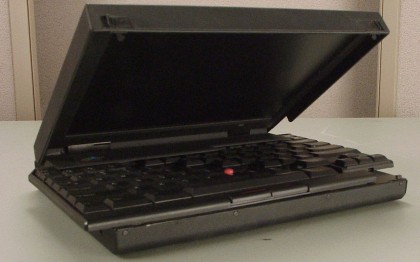
More than 20 years ago, IBM launched a diminutive laptop called the ThinkPad 701. What made it so special was that it had a foldout computer keyboard that featured a fairly chunky input device (complete with the pointing stick or TrackPoint or nipple) but no trackpad. Its uniqueness earned it a place in the design collection of the Museum of Modern Arts (MOMA) in New York. Despite being a top seller in its first year, the launch of laptops with larger displays lessened the need for a mechanical subterfuge. The Butterfly, as it came to be known, was an ingenuous, one-of-a-kind solution to a specific problem.
3. IBM ThinkPad 755CV
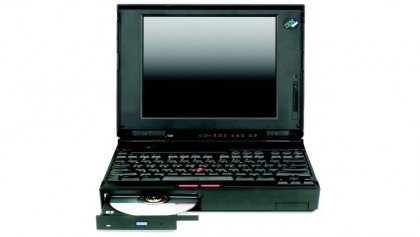
Another IBM and another legendary ThinkPad. This one was launched in the same year as the 701, some 20 years ago, and features another trick, unrivalled to this date. You could remove the back of the LCD screen, attach it to an overhead projector (OHP) and presto! You could have your snazzy PowerPoint presentation projected on a wall. That was 20 years ago and would probably have cost several thousand pounds. Needless to say that it didn't work, or at least, didn't work well enough for IBM and subsequently Lenovo to bring that feature back from the dead. To Lenovo's credit however, it has regularly embedded projectors in its tablets. Could reviving the 755CV be a step too far?
4. IBM ThinkPad W700ds
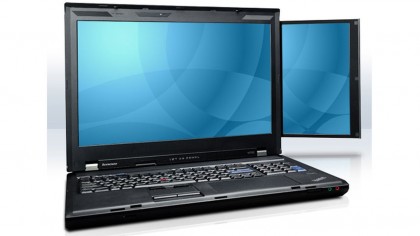
IBM has a long story of innovation in the laptop market and the W700ds is the third candidate to emerge from the Lenovo portfolio. Launched in 2008, it was one of the very few laptops with two displays to hit the market and certainly the best known one. Aimed at the mobile professional market, it proved to be popular with reviewers but not with the target audience it seems. In theory, the side, secondary display must have seemed to be an appealing idea especially when paired with the built in Wacom tablet (and accompanying pen) and a Pantone calibrator (yes, a calibrator).
Sign up to the TechRadar Pro newsletter to get all the top news, opinion, features and guidance your business needs to succeed!
5. Asus Taichi

Windows 8 introduced touch capabilities to a much wider audience but ultimately failed to achieve what Microsoft had eagerly wanted to achieve: bring touch to the desktop and laptop market. The Taichi was one of the flagship models from Asus when it launched in 2012. Back then, engineers from the Taiwanese company thought that it was a great idea to glue to monitors back to back so that you could simply convert it to a tablet closing the lid. The extortionate price and its relative bulk meant that sadly it didn't get a follow-up with that very feature.
6. Acer Aspire Iconia 6120
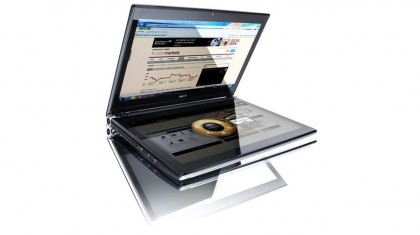
Before Asus, Acer tried another dual display trick on a Windows 8 laptop, by combining two displays together and getting rid of the keyboard and the touchpad altogether. It was a device that was clearly ahead of its time; it was not only very expensive and heavy but also had a very poor battery life (around two hours). The greatest frustration though comes from the inherent limitations of a touchscreen as a keyboard. Current technologies would certainly slash the price while improving portability and battery life greatly. Maybe it is time for Acer or someone else to get bold again.
7. Dell Adamo
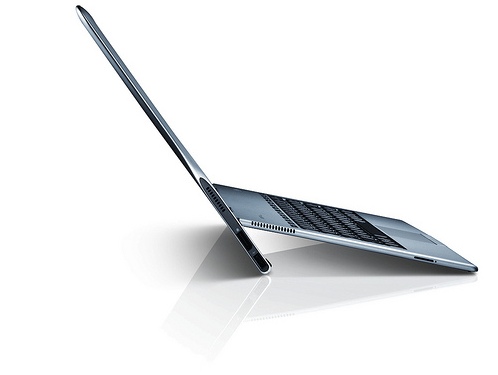
It was probably the launch of the MacBook Air that prompted Dell to design the Adamo. The laptop was the thinnest PC laptop on the market for a while at under 10mm, with Dell saying that the device would "inspire an emotional connection with anyone who sees it". It came with an odd raised keyboard, something which works great on a flat surface but not when you want to use the laptop on your lap or on a tiny surface area. Add in a spectacularly high price at launch and it is fairly easy to see why the Adamo XPS was quietly canned in 2011.
8. Dell XPS 12 (2012)
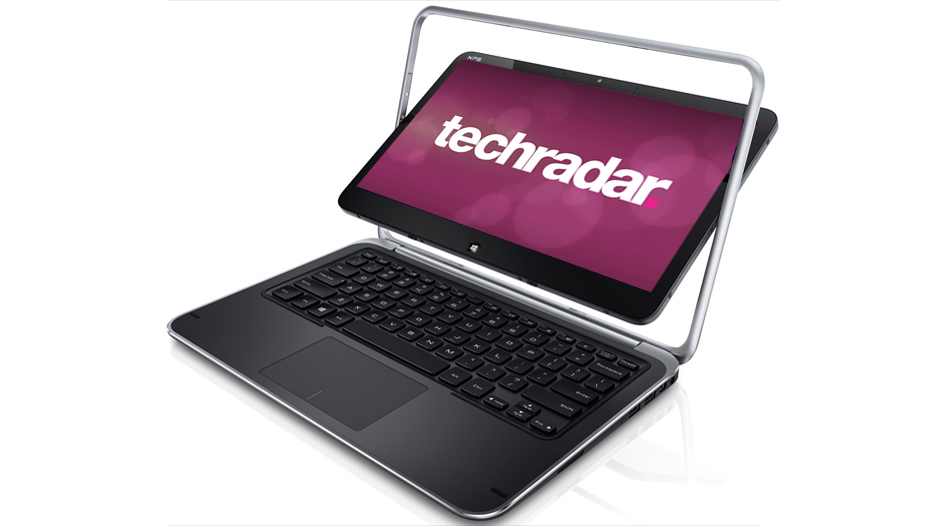
2012 was the year that saw a flurry of experimentations in the laptop market thanks to Microsoft's Windows 8 operating system. Twist and turn, detachable, foldable and other techniques were used to transform laptops from boring keyboard workhorses into more desirable devices. Dell tried its hand at the innovation game with the XPS 12, a laptop whose screen swivels on a hinge within the bezel so that it can be folded back on itself and used like a tablet when needed. Turns out it failed to ignite passions as it was too bulky to be used as a tablet, a recurrent theme.
9. Toshiba AC100
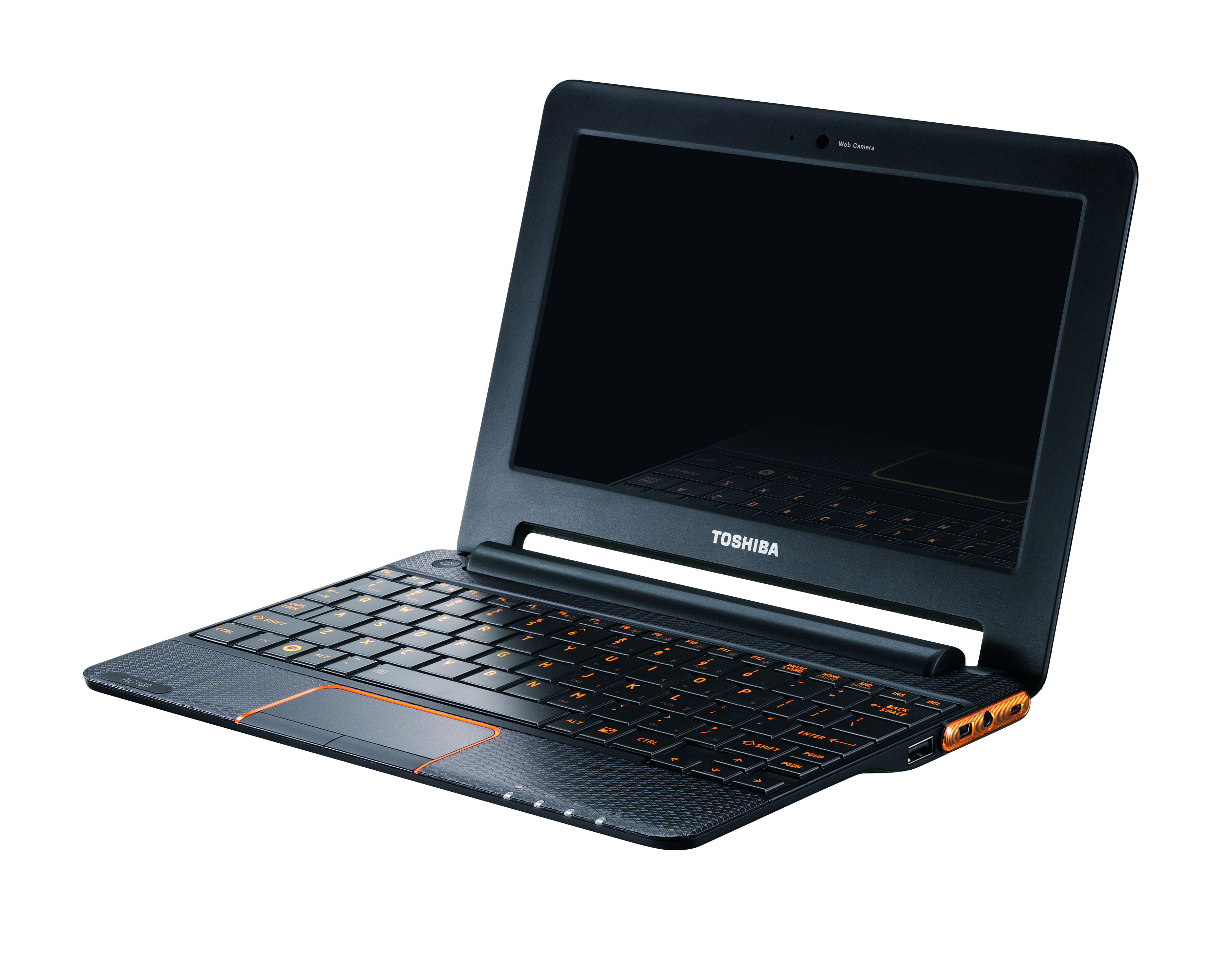
Our next candidate is another laptop that landed far too early. The AC100 was the first laptop to run Android, well before any Chromebook hit the market. It was October 2010 and this diminutive device failed not because it was poorly designed, but because its operating system, Android 2.1 was, far from being polished. It was very light, was reasonably powerful, had a HDMI port, a very decent battery life and even 3G connectivity. Despite being now nothing more than a footnote in the big book of computing, the Toshiba AC100 remains one of the most underrated laptops ever launched.
10. Canon NoteJet series
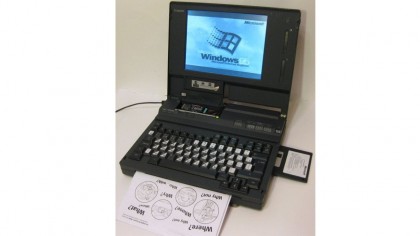
Before the end of the last millennium, there was an era where integration and miniaturization were the driving strategies for laptop manufacturers, yielding some surprising combinations. Canon's Notejet was one of them; the oldest of our candidates, this device from 1993 incorporated a working inkjet printer, albeit a monochrome one. It ran on a 486 CPU and wasn't much bigger than a ream of A4 papers. It could even turn into a fax machine with the appropriate modem. The NYTimes said back then that it was a harbinger or future generations of mobile computers that offer many features that executives now enjoy in their offices. Sadly, the NoteJet was a one-of-a-kind.
11. OLPC
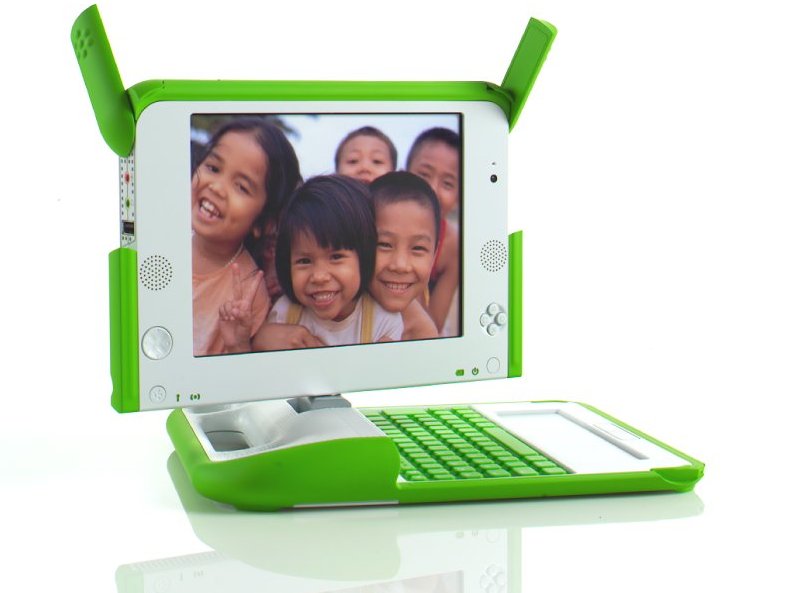
When Nicholas Negroponte announced the One Laptop Per Child programme back in 2005, many saw it as the beginning of a revolution, one that was going to bring computing to the rest of the world, the billions at that time, lacked access to the internet. But it got caught in the netbook tsunami (that it probably triggered), followed by the Android flood and the tablet/smartphone double whammy that came after and made the OLPC redundant. What we've left with is a laptop with some incredibly nice features (like the ability to run from Flash memory and a rotatable display) and designs that was supposed to cost $100.
12. Microsoft Surface Book
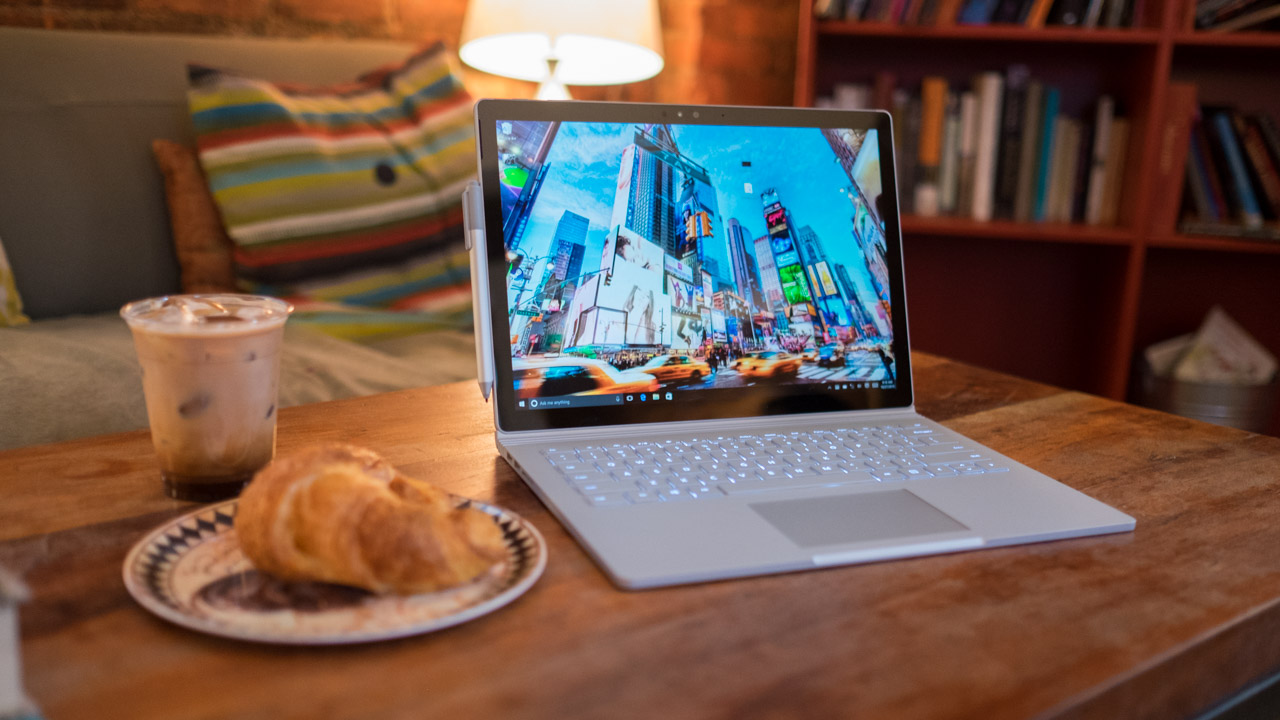
The Surface Book by Microsoft is the only contemporary laptop to make it in our list. It's actually a convertible that packed some incredible technology and will be a very hard act to follow. Almost everything on this laptop is unique, from the 3:2 aspect ratio to the 13.5-inch diagonal, the discrete graphics card that lives in the keyboard and the dynamic fulcrum hinge, Microsoft pulled all the stops to produce what it calls the "ultimate laptop". This is a first generation device, just like all the others in this list. However, it is likely that it will live on given the rave reviews it received already.

Désiré has been musing and writing about technology during a career spanning four decades. He dabbled in website builders and web hosting when DHTML and frames were in vogue and started narrating about the impact of technology on society just before the start of the Y2K hysteria at the turn of the last millennium.